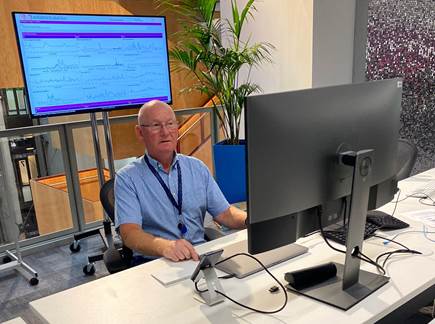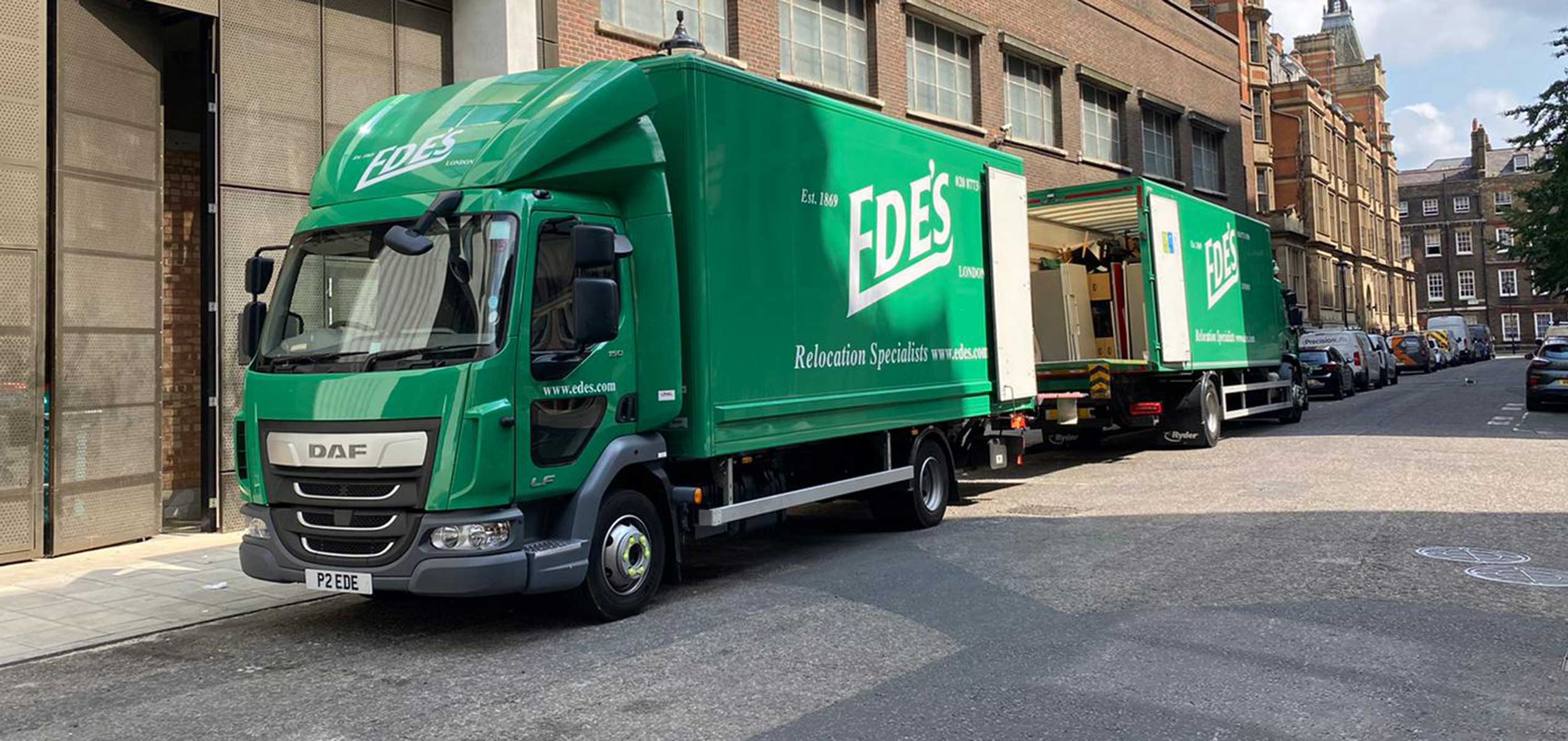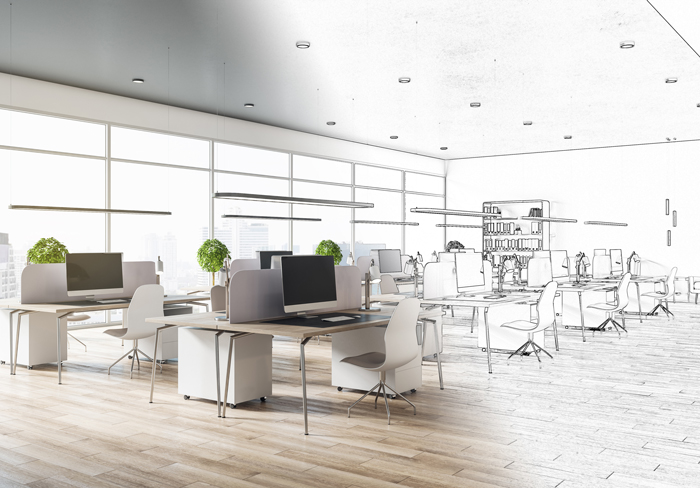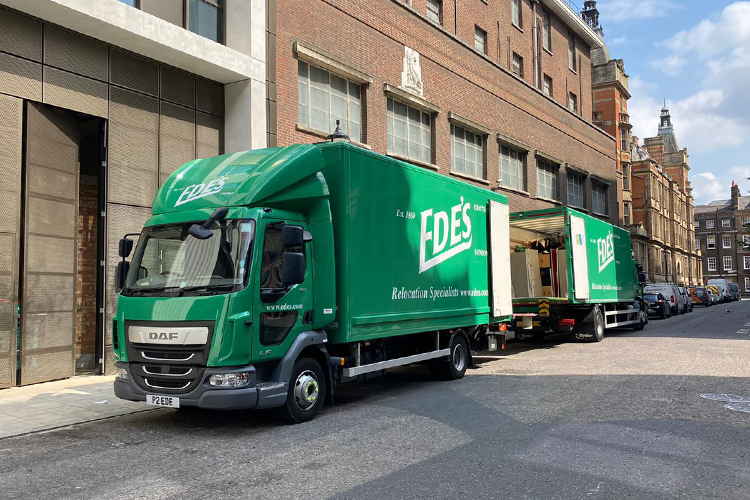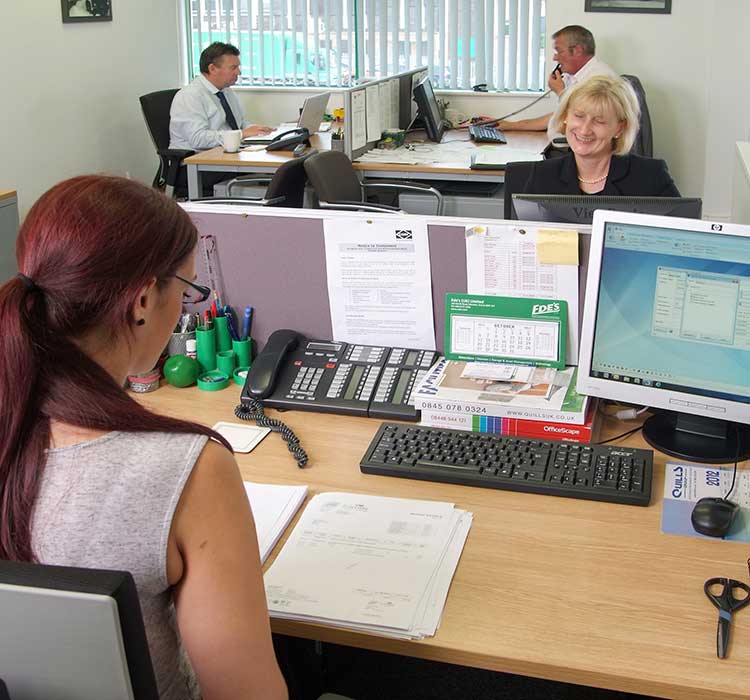Introduction
Relocating a laboratory is a complex undertaking, requiring meticulous planning and execution to ensure the integrity of ongoing research, as well as the safety of lab personnel and equipment. From sensitive instruments and hazardous materials to stringent regulations and compliance requirements, lab relocations present a unique set of challenges that demand the expertise of experienced partners. As a leading Commercial Relocation, Storage and IT Services provider, we appreciate the intricacies involved in lab relocations and are well-equipped to streamline the process while safeguarding the critical elements of your research facility.
In this comprehensive guide, we will outline key steps and considerations for lab relocations that will help you maintain the highest standards of safety, efficiency, and research integrity throughout the move. We will discuss essential components, such as inventory management, regulatory compliance, hazardous material handling, equipment transportation, and facility layout planning, providing a roadmap for success as you navigate this complex process. Our wealth of experience in relocating laboratories, combined with our commitment to delivering exceptional service, ensures that you can rely on us to facilitate a seamless and efficient transition.
Inventory Management and Pre-Relocation Planning
Proper inventory management and planning are crucial for a well-organised lab relocation:
1. Comprehensive inventory: Start by reviewing and documenting all existing equipment, chemicals, and research materials in your laboratory. This inventory will help you identify essential items, those that require special handling, and items that can be safely disposed of or donated.
2. Timeline and milestones: Develop a detailed timeline with specific milestones for each stage of the relocation, including the packing, transportation, and unpacking of equipment and materials. This timeline will help ensure a smooth and efficient move, minimising downtime and disruption.
3. Pre-move inspections: Conduct inspections of both your existing and new facilities to identify any potential issues that could affect the relocation, such as physical constraints, utility requirements, or compliance challenges.
Regulatory Compliance and Hazardous Material Handling
Adhering to regulatory compliance and employing best practices for hazardous material handling are essential components of lab relocations:
1. Regulatory requirements: Ensure your lab relocation adheres to all relevant regulations, suchas those governing the transport and disposal of hazardous materials, import/export permits, or biological safety level certification.
2. Safe handling and transport: Properly pack, label, and seal hazardous materials to prevent accidents during transportation. Employ the services of a professional provider with experience in handling hazardous substances to ensure safe and compliant transport.
3. Disposal of unwanted materials: Dispose of any expired or unwanted materials in accordance with regulatory guidelines, ensuring the safety of personnel and the environment.
Equipment Transportation and Installation
Safeguard your valuable laboratory equipment with specialised transportation and installation procedures:
1. Equipment-specific packing materials: Use packing materials specifically designed for laboratory equipment to ensure adequate protection during transportation. Custom-made crates, foam inserts, or stabilising straps may be required for particularly sensitive or fragile items.
2. Climate control and monitoring: Utilise climate-controlled transportation vehicles and monitoring systems to maintain appropriate temperature and humidity conditions throughout the move, especially for sensitive instruments or samples that require precise environmental conditions.
3. Professional installation: Partner with a skilled relocation team who understands the intricacies of laboratory equipment installation, ensuring that all instruments are correctly set up and calibrated in the new facility.
Facility Layout Planning and Re-establishing Operations
Design an efficient and functional layout for your new laboratory and coordinate efforts to re-establish operations:
1. Space planning: Collaborate with architects, engineers, and lab personnel to develop an optimal facility layout that maximises space utilisation, promotes safety, and enhances workflow. Consider factors such as equipment requirements, utility access, and staff movement patterns.
2. Coordinated unpacking and setup: Establish a plan for the unpacking and setup of equipment, chemicals, and supplies in the new space, ensuring that essential items are prioritised, and operations can recommence as promptly as possible.
3. Staff training and orientation: Prepare your staff for the move by providing training on new procedures or equipment installations, as well as familiarising them with the new facility layout and emergency protocols.
Conclusion
Successfully moving a laboratory hinges on careful planning, especially in London. Strict adherence to regulatory requirements, specialised equipment handling, and effective facility layout design. By incorporating these key steps and considerations, you can navigate the complexities of a lab relocation, ensuring a seamless and efficient transition, while safeguarding the integrity of your research, equipment, and personnel.
As a trusted provider of business removals, storage, and IT Services, we are very experienced at addressing the unique challenges presented by lab relocations. With our comprehensive range of services tailored to research facilities, we can guide you through each stage of the relocation process, minimising disruption and ensuring the continued progression of your scientific endeavours. Discover how our expertise can support your lab relocation, allowing you to maintain your focus on advancing the frontiers of knowledge and making a difference in your field.
Ede’s commercial removals provide specialist removals for laboratories, libraries, museums and galleries.
We specialise in moving businesses in the South East. Contact us to see how we can make your specialist move smooth and painless!




